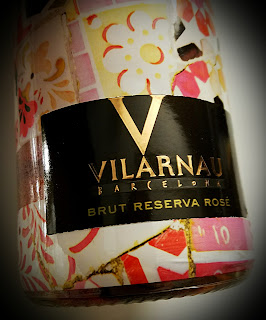White vermouth - dry - is sometimes called French, while the red, sweet kind is called Italian. Those two countries produce most of the vermouth that you'll find on the shelf, although it's also made in Spain as we will see.
The Jerez firm of Gonzalez Byass produces a pair of fine and surprising vermouths, dry white and sweet red. The winery claims the century-old recipes are kept under lock and key.
La Copa Vermouth Extra Seco - the white - is made from 100% Palomino grapes - Fino sherry, actually - which was aged an average of three years in American oak casks in the traditional Solera system. In addition to the grapes, La Copa Extra Seco includes wormwood, clove, cinnamon and the herb called savory. Red fruits were added for a "balsamic aftertaste." Alcohol in the extra dry vermouth tips in at 17% abv and it retails for $25.
This is completely different from every other white Vermouth I've tried. It is aromatic and flavorful to a fault. I smelled smoke, I smelled burnt caramel, I smelled thyme, cinnamon, clove, jasmine. I tasted a burnt caramel or maple sap note. It was actually one of the more expressive and interesting wines in my experience. It sure as hell livened up a martini. Don't spend extra on the gin - let La Copa white vermouth do the work.
La Copa Vermouth Rojo is made from 75% Palomino grapes and 25% Pedro Ximénez variety. It's produced from Oloroso and Pedro Ximénez soleras, more than eight years old. As in the Extra Seco, wormwood, savory, clove, and cinnamon are in the mix, along with orange peel and nutmeg in the sweeter blend. Alcohol sits at 15.5% abv and it retails for $25.
The red vermouth smells of burnt raisins and tangerine. The palate is sweet with a savory sword cutting down the middle. The fact that it’s made from sherry is inescapable.
I used these vermouths in cocktails made with Beefeater London Dry Gin, which contains botanical elements like juniper, coriander, orange peel, lemon peel, angelica root and seed, licorice, almond, and orris root. In a three-to-one gin blend, the white overpowered the gin. I used the red in a one-to-one blend, which let the gin speak for itself but still allowed the sweet vermouth to contribute amply. Both are also fine to sip all on their own.
Follow Randy Fuller on Twitter

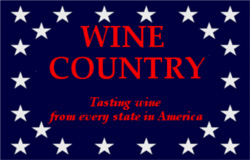
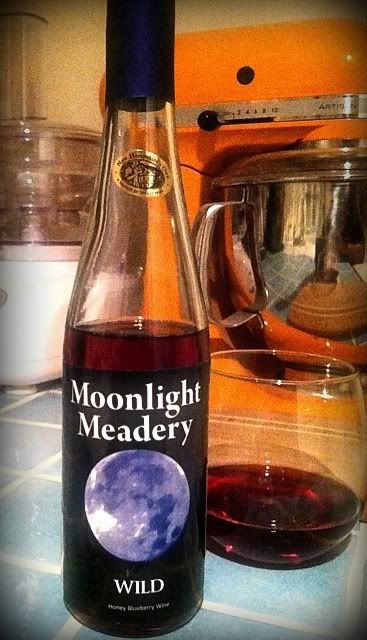 The mead he calls Wild is honey and blueberry wine made from unprocessed New Hampshire wildflower honey and mountain grown blueberries. It carries an alcohol level of 14.2% abv.
The mead he calls Wild is honey and blueberry wine made from unprocessed New Hampshire wildflower honey and mountain grown blueberries. It carries an alcohol level of 14.2% abv.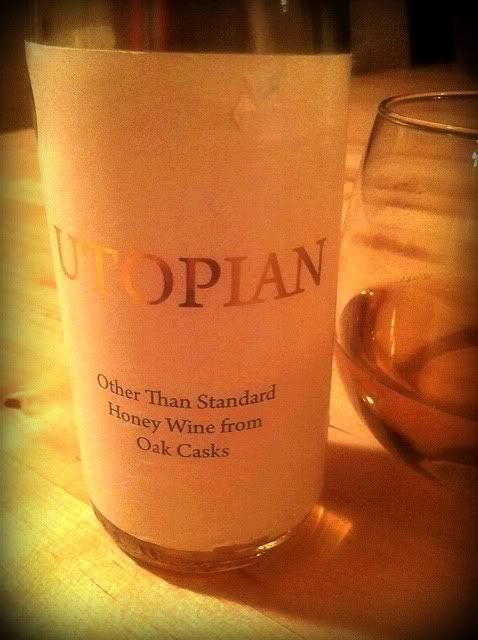 Utopian is the strongest of the quartet I tried at 16.9% abv. It’s a semi-sweet, limited edition mead which is fermented and aged in Samuel Adams Utopias barrels.
Utopian is the strongest of the quartet I tried at 16.9% abv. It’s a semi-sweet, limited edition mead which is fermented and aged in Samuel Adams Utopias barrels.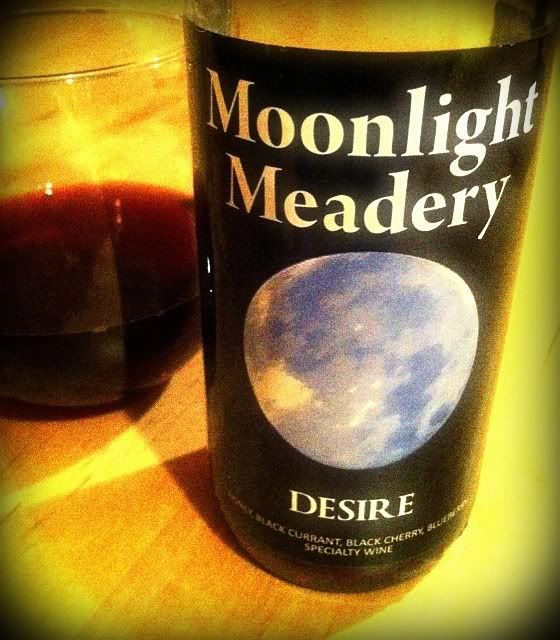 Desire is a beautiful deep ruby color. The nose again has a firm underpinning of honey aroma with a pretty straightforward display of the fruit used in making this melomel - black currant, black cherry and blueberry. The palate is dominated by the currant to the degree that it bears a striking similarity to cassis. It's not as viscous as Wild, but it definitely sits very full in the mouth. The 16.7% alcohol content means it's a fairly stiff drink, at least in the realm of wine. There's good acidity here, but I don't think I could bring myself to eat while savoring the texture and flavor of Desire. Well, maybe some chocolate. Desire beat out 352 other wines in a New England competition.
Desire is a beautiful deep ruby color. The nose again has a firm underpinning of honey aroma with a pretty straightforward display of the fruit used in making this melomel - black currant, black cherry and blueberry. The palate is dominated by the currant to the degree that it bears a striking similarity to cassis. It's not as viscous as Wild, but it definitely sits very full in the mouth. The 16.7% alcohol content means it's a fairly stiff drink, at least in the realm of wine. There's good acidity here, but I don't think I could bring myself to eat while savoring the texture and flavor of Desire. Well, maybe some chocolate. Desire beat out 352 other wines in a New England competition. The golden mead called Sensual shows a whole honeycomb full of honey aroma. That’s no surprise, since it is a traditional mead, made only from wildflower honey, water and yeast. The palate is dripping with honey, too. Once again, a resounding acidity is present and the finish is very long and ridiculously satisfying. The taste of pure honey is all that remains after a drink, and it’s there for quite a while. The alcohol level for Sensual is 15.3% abv. It's the simplest of the four featured here, but it may be my favorite.
The golden mead called Sensual shows a whole honeycomb full of honey aroma. That’s no surprise, since it is a traditional mead, made only from wildflower honey, water and yeast. The palate is dripping with honey, too. Once again, a resounding acidity is present and the finish is very long and ridiculously satisfying. The taste of pure honey is all that remains after a drink, and it’s there for quite a while. The alcohol level for Sensual is 15.3% abv. It's the simplest of the four featured here, but it may be my favorite.






